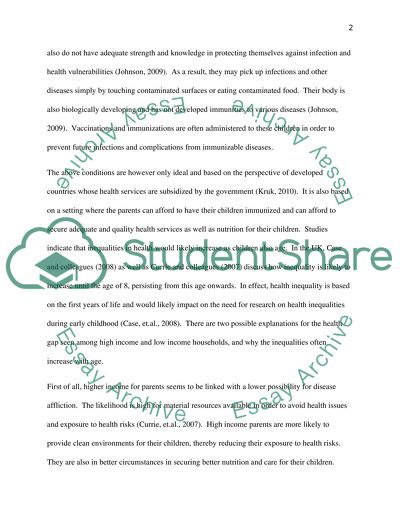Cite this document
(“'Critically discuss the causes and consequences of health inequalities Essay”, n.d.)
Retrieved from https://studentshare.org/health-sciences-medicine/1468058-ychcritically-discuss-the-causes-and-consequences
Retrieved from https://studentshare.org/health-sciences-medicine/1468058-ychcritically-discuss-the-causes-and-consequences
('Critically Discuss the Causes and Consequences of Health Inequalities Essay)
https://studentshare.org/health-sciences-medicine/1468058-ychcritically-discuss-the-causes-and-consequences.
https://studentshare.org/health-sciences-medicine/1468058-ychcritically-discuss-the-causes-and-consequences.
“'Critically Discuss the Causes and Consequences of Health Inequalities Essay”, n.d. https://studentshare.org/health-sciences-medicine/1468058-ychcritically-discuss-the-causes-and-consequences.


